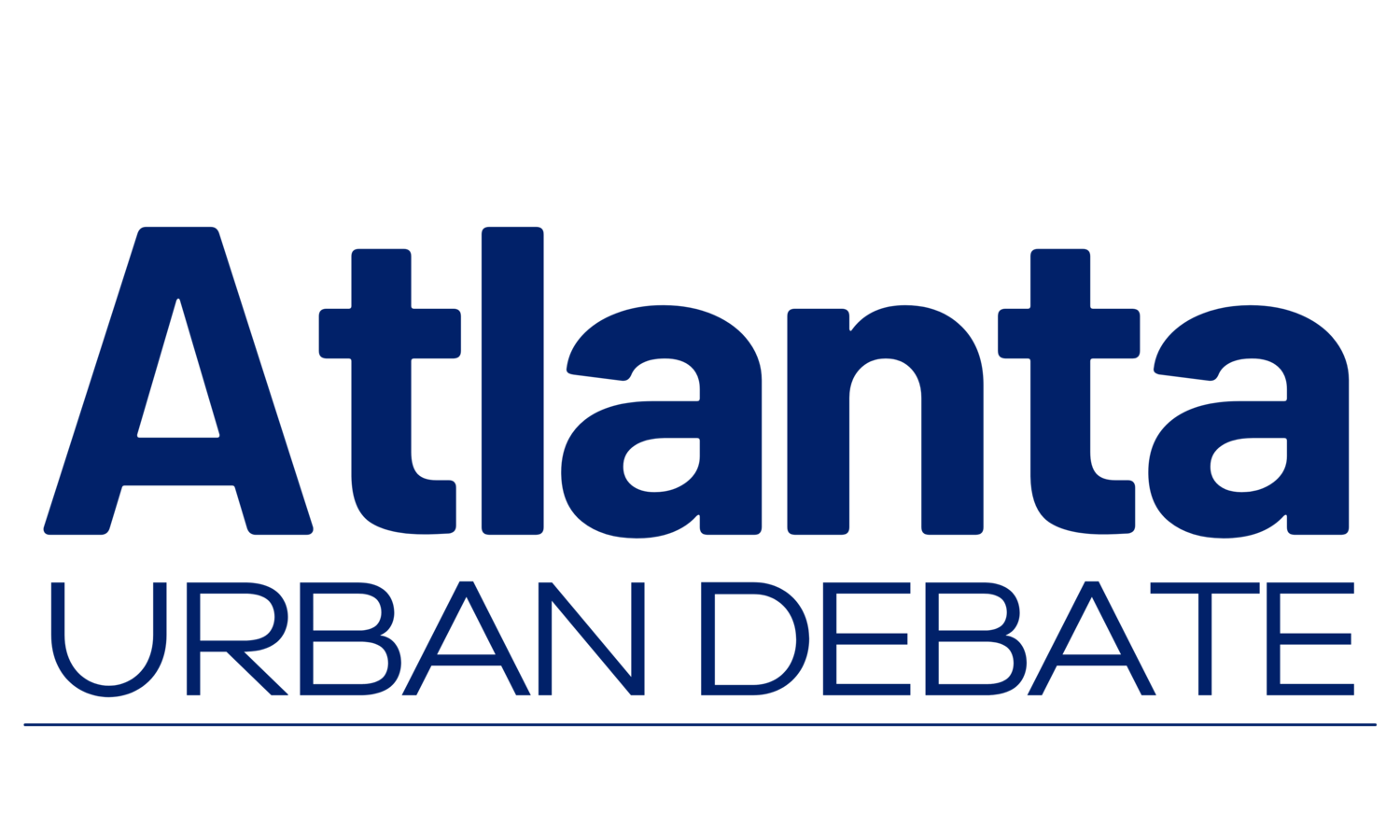The Atlanta Urban Debate League is committed to providing excellent debate education programs, services, and opportunities to diverse students, educators, and members of the community!
Advanced Debate Skills
Counterplans
Introduction
The counterplan is a negative offensive position that supplements a disadvantage. It proposes a policy action to solve the affirmative harms without triggering/linking to the disadvantage’s impact. This introduces an advocacy for the negative to defend. The structure of a counter plan is:
(Counter)plan text: The specific policy action being advocated.
Solvency advocate: Evidence explaining how the counterplan solves the affirmative harms.
Net benefit: What makes the counterplan preferable to the plan.
This is typically but does not have to be that it does not link to a disadvantage.
When the net benefit is a disadvantage, the negative MUST read that disadvantage. While extending both the disadvantage and counterplan, the negative is presenting both the status quo and the counterplan as preferable to the affirmative plan; the negative can later choose to concede the counterplan and extend the disadvantage alone, defending only the status quo.
Answers to the counterplan can be remembered using STOP:
Solvency deficit: Arguments that the counterplan does not solve the affirmative harms.
Theory: Arguments that the counterplan is bad for debate and should not be rewarded with the judge’s vote. These arguments often focus on fairness and/or the educational value of debate being compromised
Offense: Arguments that doing the counterplan will have consequences (disadvantages to the counterplan, turns). The affirmative can even link the counterplan to the disadvantage presented by the negative.
Permutation: advocates a combination of the affirmative plan and the counterplan. Common ones are:
Permutation: do both the plan and counterplan.
Permutation: do the plan then counterplan/counterplan then plan.
Permutation: do the counterplan (arguing that the plan and counterplan do the same thing).
The affirmative should always make at least one permutation against a counterplan. It is a quick argument that allows the affirmative to win even if they do not have strong arguments specific to the counterplan. The key factor in whether or not a permutation is viable is whether the plan and counterplan are mutually exclusive. This is often a matter of whether or not the plan links to/triggers the disadvantage.
Learning Objectives
In this section, students should:
Learn the structure of a counterplan.
Understand how a counterplan relies on a net benefit.
Be able to make permutations and discuss mutual exclusivity between a plan and a counterplan.
Distinguish between a disadvantage alone and with a counterplan as two separate worlds/strategies.
Points of Improvement
Here are some things to look out as students learn about counterplans:
Arguments that the counterplan on its own is sufficient to win just because it is “better” than the affirmative plan.
Reading a counterplan without a net benefit or with a disadvantage for which the counterplan is not a net benefit.
Fixating on the net benefit without extending the disadvantage’s impact.
Not making any permutations when debating as the affirmative.
Signs of Mastery
Here are some positive signs that students understand how counterplans function:
Students can explain how an argument against a disadvantage (as a net benefit) also affects the counterplan.
Students articulate arguments for or against a permutation in terms of accessing the net benefit.
Affirmative debaters consistently make a permutation against the counterplan.
